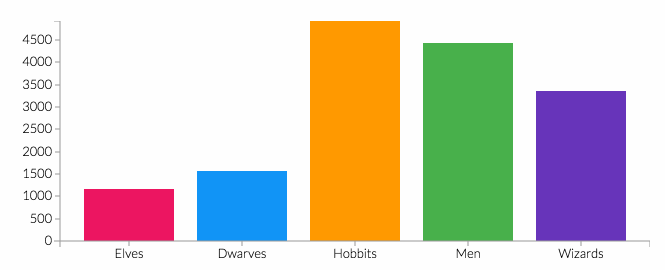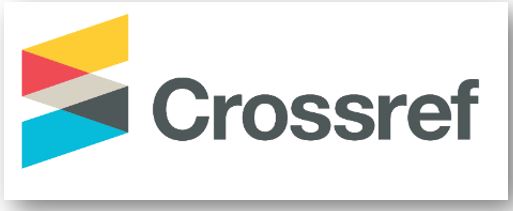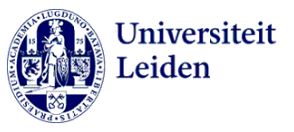Penghitungan Efisiensi Pelatihan dengan Return on Training Invesment
DOI:
https://doi.org/10.61231/mjeec.v1i2.125Keywords:
Return on Training Invesment, Program EvaluationAbstract
This article aims to provide a more complete and comprehensive picture of training program evaluation. The method used in writing is descriptive analysis. That currently most people want a more complex and different differentiation of training evaluation. Return on Training Investment can provide an alternative in calculating the impact of training conducted by an institution or company.
References
Abraham, I. (2021). The Concept Of Model Evaluation Kirpatrick plus Return On Training Invesment (In Order Improve Public Services The Goverment). The 1st International Seminar On Teacher Training and Education 2021 (ISTED 2021) (hal. 121-132). Purwokerto: EAI http://dx.doi.org/10.4108/eai.17-7-2021.2312151.
Al-Ghareeb, N. F. (2020). Human Resource Management and Organizational Resilience in the Era of COVID-19: Theoretical Insights, Challenges and Implications. 2nd International Sustainability and Resilience Conference: Technology and Innovation in Building Designs (hal. 1-6). Sakheer, Bahrain: IEEE Xplore.
Arikunto, S. (2017). Pengembangan Instrumen Penelitian dan Penilaian Program. Yogjakarta: Pustaka Pelajar.
Aula, S. (2022 ). Peran Manajemen Sumber Daya Manusia dalam Meningkatkan Resiliensi Organisasi. Jurnal Sains dan Seni ITS Vol. 11, No. 1 (2022),, 143-148.
Jennifer C. Percival, B. P. (2013). Return on investment for workplace training: the Canadian experience. International Journal of Training and Development 17:1, 20-32.
Kauffled, S. (2013). Evaluating training programs:development and correlates of the Questionnaire for Professional Training Evaluation. International Journal of Training and Development, 135-155.
Kluge, S. R. (2013). The Training Evaluation Inventory (TEI) - Evaluation of Training Design and Measurement of Training Outcomes for Predicting Training Success. Vocations and Learning 7 DOI 10.1007/s12186-013-9106-4, 41-73.
Lantu, D. C. (2020). Was the training effective? Evaluation of managers’ behavior after a leader development program in Indonesia’s best corporate university. International Journal Of Training Research, 1-16 doi.org/10.1080/14480220.2020.1864446.
Lolowang, M. &. (2016). Pengaruh Pelatihan dan Pengembangan Sumber Daya Manuisa Terhadap Kinera Karyawan pada PT Berlian Kharismatik Pacifik. Emba, 177-186.
Nusfiyah, K., & Al Maghfuri, R. S. . (2023). Leadership and Employee Productivity at The Galatta Lestarindo Fertilizer Company. Miftah : Jurnal Ekonomi Dan Bisnis Islam, 1(1), 39–47. https://doi.org/10.61231/miftah.v1i1.75
Sedarmayanti. (2016). Manajemen Sumebr Daya Manusia, Reformasi Birokrasi dan Manajemen Pegawai Negeri Sipil. Jakarta: Refika Aditama.
Somsing, A. a. (2017). Managerial creativity: the roles of dynamic capabilities and risk. European Management Review, Vol. 14 No. 4, 423-437 DOI:10.1111/emre.12118.
Stanca, E. C. (2014). The impact of training on productivity: evidence from a panel of Italian firms. International Journal of Manpower Vol. 35 Iss 8, 1140 - 1158 DOI: 10.1108/IJM-08-2012-0121.
Sugiyono. (2019). Metodologi Peneltian Pendidikan. Bandung: Alfabeta.
Teixeira, C. C. (2014). Training evaluation levels and ROI. European Journal of Training and development, 845-870 doi.org/10.1108/EJTD-05-2014-0037.
Ulum, M. (2023). Application of Sharia Principles and Consumer Interest in Sharia Hotels. Miftah : Jurnal Ekonomi Dan Bisnis Islam, 1(1), 11–18. https://doi.org/10.61231/miftah.v1i1.69
Ulum, M. ., & Mun’im, A. . (2023). Leadership and Performance of Teachers and Employees of SMK Sunan Drajat Lamongan. Multidisciplinary Journal of Education , Economic and Culture, 1(1), 1–12. https://doi.org/10.61231/mjeec.v1i1.48
Downloads
Published
How to Cite
Issue
Section
License
Copyright (c) 2023 Irfan Abraham

This work is licensed under a Creative Commons Attribution 4.0 International License.
You are free to:
- Share — copy and redistribute the material in any medium or format for any purpose, even commercially.
- Adapt — remix, transform, and build upon the material for any purpose, even commercially.
- The licensor cannot revoke these freedoms as long as you follow the license terms.
Under the following terms:
- Attribution — You must give appropriate credit , provide a link to the license, and indicate if changes were made . You may do so in any reasonable manner, but not in any way that suggests the licensor endorses you or your use.
- No additional restrictions — You may not apply legal terms or technological measures that legally restrict others from doing anything the license permits.
Notices:
You do not have to comply with the license for elements of the material in the public domain or where your use is permitted by an applicable exception or limitation .
No warranties are given. The license may not give you all of the permissions necessary for your intended use. For example, other rights such as publicity, privacy, or moral rights may limit how you use the material.
















